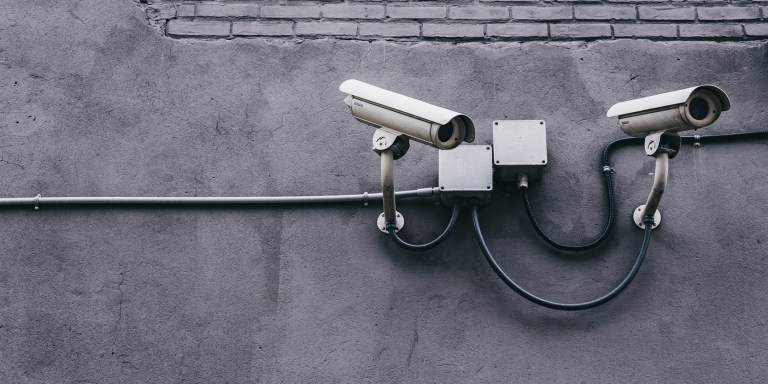
Faced with the resurgence of augmented cameras in public spaces and the ethical or legal problems that these devices pose, the CNIL, after various works on the issue, published on January 14, a “Draft position on the conditions of deployment of so-called “smart” or “augmented” cameras in public spaces” and launched a public consultationin the wake. On July 19, it published its position on the deployment of augmented cameras and the applicable legal framework to set red lines and provide legal certainty to actors.
More and more cities are implementing smart cameras for traffic monitoring and analysis, like Nice, with the Cityvision software from Wintics, used by the RATP to analyze user traffic. Other cities choose sound detection systems: Orléans has opted for the Sensivic solution, which has been declared compliant with CNIL directives and selected for the security of the 2024 Olympic Games.
While smart cameras can analyze certain characteristics of people (clothing, wearing a mask …), they can also identify certain behaviors such as the abandonment of a baggage or an offense. The CNIL considers that “the French law does not authorize the use, by the public power, of “augmented” cameras for the detection and the pursuit of offences, whether they are dedicated devices or coupled with pre-existing video protection cameras.
The CNIL and augmented cameras
The CNIL highlighted, as early as 2017, within the framework of its “Studies, innovations and prospects” work, the issues raised by the development of “monitored cities” as well as the ethical challenges of algorithmic processing and AI. The following year, she stated that the legal framework surrounding certain technologies (fixed cameras, pedestrian cameras) and certain purposes (“simple” viewing of images) did not concern smart cameras. In 2019, she contributed to the debate on facial recognition and in 2020, called for vigilance regarding the use of technical cameras and thermal cameras in the context of the health crisis.
It considers that ” Such devices are in no way a simple technical “extension” of existing cameras. They modify their very nature by their capacity of detection and automated analysis and pose, consequently, new ethical and legal questions” and underlines the risks for the rights and freedoms of the persons.
New risks for individual rights and freedoms
In its position paper, the CNIL did not address facial recognition and refers to its 2019 position. Biometric recognition devices and the use of “augmented “ video devices in places not open to the public (e.g. offices, storerooms or warehouses of stores…), in a strictly domestic context and in delayed time are not concerned.
The devices concerned are those whose purpose is to allow police and gendarmerie services to detect behavior that could be considered suspicious (gathering or rapid movement of individuals, abnormally long presence of a person in a place, etc.).
If it turns out that these cameras are effective in preventing thefts, attacks on property or people, for example, their use should be authorized by a specific law which, following a democratic debate, would set out precise cases of use with guarantees for the benefit of individuals.
An increased risk of generalized surveillance
The CNIL has long underlined the risk of generalized surveillance due to the multiplication of video systems, and cameras equipped with AI increase this risk with the analysis of individuals. Their deployment in public spaces goes against individual liberties (freedom of movement, expression, assembly, right to demonstrate, freedom of worship…)
Permissible uses and their supervision by the public authorities
Some uses of cameras are considered legitimate: devices counting pedestrians, cars or cyclists on the public highway in order to manage it, adaptation of the capacities of public transport according to the affluence, analysis of the frequentation and the occupation of a building in order to adapt the energy consumption…
On the other hand, as it is generally impossible for people to exercise their rights under the RGPD, in particular the right to object to being analyzed by a camera, ” these uses will only be legal when they have been authorized by the public authorities, who must take a text (regulatory or legislative) to set aside the right to object”.
When smart cameras are used to produce statistics, made up of anonymous data and not having a direct operational purpose, the CNIL considers that they can already be deployed, without specific supervision. The Cnil considers that they can already be deployed, without any specific supervision. It refers to the devices that calculate the number of passengers in the metro to show them the least crowded trains to go to, such as the Cityvision device.
For her, it is up to the public authorities to ensure that the use of augmented cameras is limited to the most legitimate cases, ” in order to avoid a disproportionate multiplication of these devices, which would change our relationship to public space.”
Read the summary of the position
Translated from La CNIL publie sa position sur le déploiement des caméras augmentées dans les lieux publics









